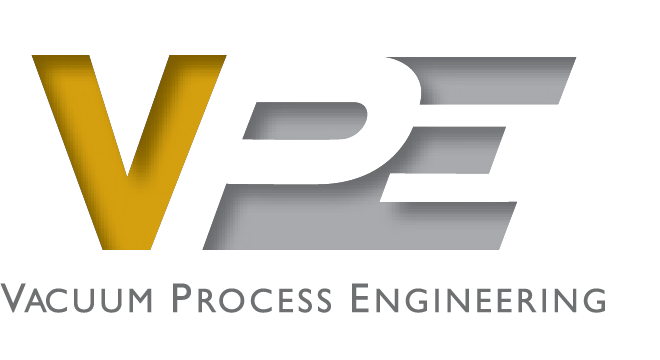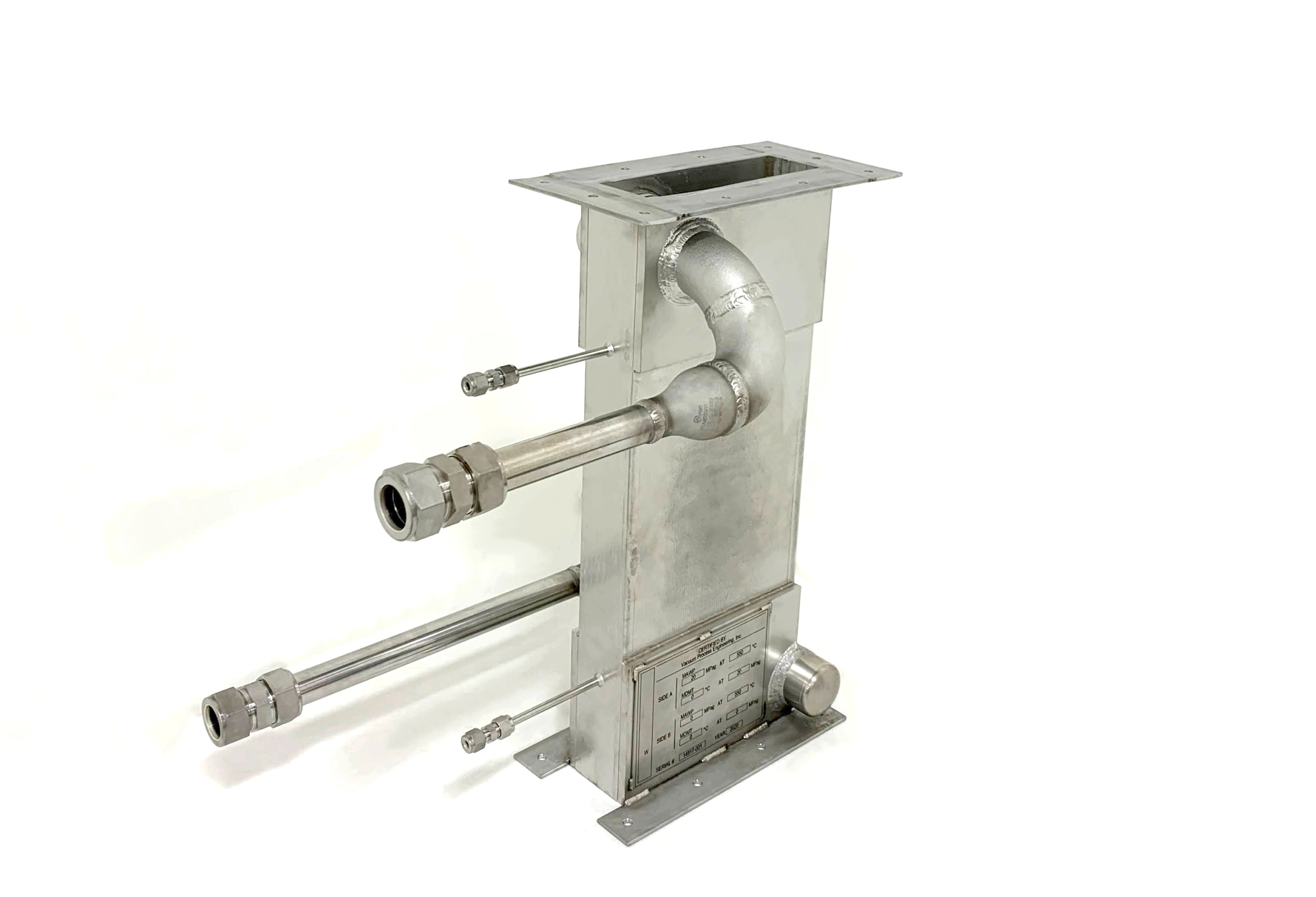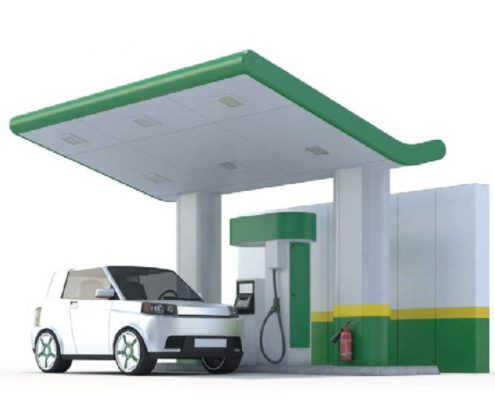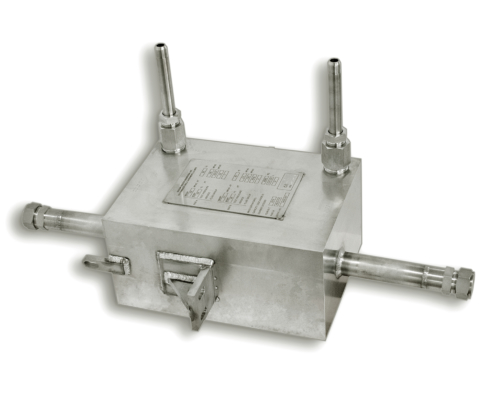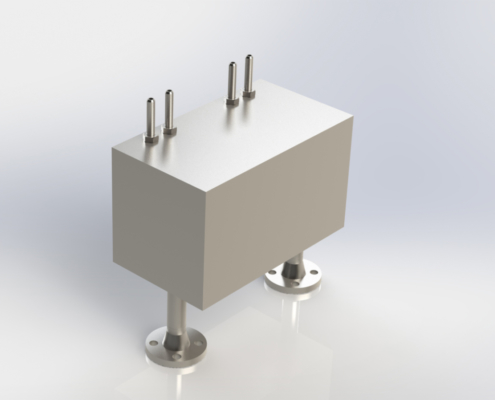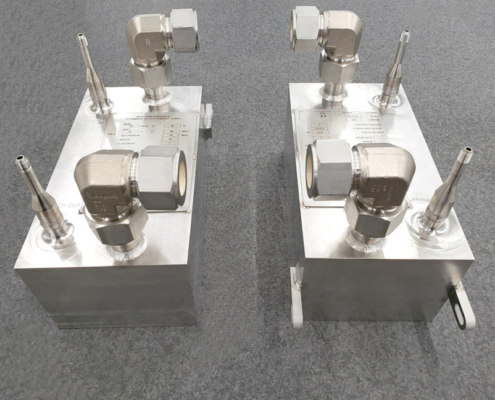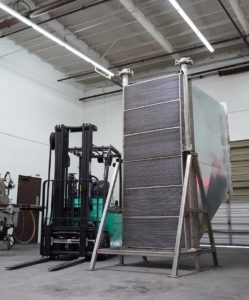Imbalances between energy production and energy demand requirements can be mitigated using thermal energy storage: the capture of energy produced when electricity costs are low and used later when electricity costs are high. There are numerous forms of storage devices ranging from elevated temperature (sensible heat), phase change materials (latent heat), thermo-chemical materials, electrical (battery), gravitational potential, and kinetic.
Thermal energy storage (sensible, latent, chemical) can reduce peak electricity demand and provide methods for producing power at times where electricity production is costly or impractical (e.g., renewables such as PV or solar thermal at night). Compact, highly efficient, and robust heat exchangers are a critical piece of infrastructure needed for this technology.
Thermal Energy Storage System Optimization and Integration to Renewable Energy Generation
VPE has been at the forefront of innovation and technology development, particularly for compact heat exchangers. Renewable energy systems and energy storage systems require advanced heat exchangers that can sustain years of cyclic operation for on-demand energy production. Our team has designed, fabricated, and tested several heat exchangers that are suitable for this energy sector (see 20 kWth particle-to-sCO2 heat exchanger) that utilize high-pressure MCHE (aka PCHE) platelets and duct flow area. This form factor has many applications in energy storage including interfaces between solid particle sensible heat storage, phase change materials latent heat energy storage, and in addition to chemical reaction storage (reversible endothermic/exothermic processes).
In addition, typical MCHE style or hybrid MCHE (aka PCHE) and fin heat exchangers can also be used for liquid (sensible) thermal energy storage for molten salts, thermal oils, and compressed or cryogenic fluid, etc. Liquified Air Energy Storage (LAES) and Compressed Air Energy Storage (CAES) store air in high-energy dense storage facilities such as pressure vessels, caverns, and aquifers. When power demand is required, the air is pumped to elevated pressures, heated, and released through turbine generators to generate electricity in a power recovery process. Heat exchangers are critical to transferring energy between the low and high-pressure circuits for high-efficiency energy production.
Our team can suggest optimized designs to your exact specifications to allow for an economical, compact, direct storage solution.
Concentrated Solar Thermal Power Cycle Optimization and Heat Exchanging System Supply
Conventional solar thermal receivers (primary heat exchangers) use large tubular channels for power production, as they are suitable for low-pressure fluid applications. This method requires potentially several intermediate loops between the working fluid and thermal storage media, increasing the size of the system and Levelized Cost of Electricity (LCOE). In addition, the current receiver technology has limited heat flux capability, due to low tubular heat transfer coefficients, ultimately reducing the maximum permissible operating temperature.
VPE has the experience and capability to provide design assistance, subsystem modeling, detailed design drawings, manufacturing plans, and fabrication of direct and indirect high-pressure heat exchangers including, primary receivers, recuperators, coolers, and condensers. These units have high mechanical integrity using diffusion bonding and brazing of microchannel platelets and plate-fin technology.
Our team can work closely with you to develop a cost-effective and efficient design that would be suitable for your system. Previous designs have incorporated advanced techniques including flat and curved plate receivers, multi-core dry cooler assemblies (which reduce reliance on water for heat rejection), and robust low and high-temperature recuperators with various connection types monitoring ports (temperature and pressure) if needed. Our team has the expertise to develop enabling technology for these next-generation power cycles. We can suggest form factors and various concepts that meet your specifications to allow for an economical, compact, heat exchanger solution for a solar thermal power plant.
High Flux Solar Receiver
We have the capability to provide design assistance, subsystem modeling, detailed design, and fabrication of high efficiency, high-pressure sCO2 primary heat exchangers for Concentrating Solar Power (CSP) plants. Current solar receivers used in CSPs have limited heat flux capability (low heat transfer coefficient). We have the expertise to produce flat or curved, highly efficient, high-pressure sCO2 primary heat exchangers.
Waste Heat Recovery System Studies and Heat Exchanging System Supply
Waste Heat Recovery
We have the capability to provide design assistance, subsystem modeling, detailed design, and build west heat recovery primary heat exchangers (PHX) for decarbonization and increased efficiency of energy-intensive industrial processes. These units can be produced from various alloys to produce primary heat exchangers to extract heat from high-temperature flue gases. The PHX can even be integrated into high-temperature surfaces reducing the process cooling demand.
Cement Plant Energy Recovery
Cement factories have the largest recoverable potential among industrial processes with exhaust gas temperatures ranging from 200 to 600°C. Preheater and clinker cooling operations are ideal candidates for the waste heat recovery process. Capturing the residual heat found in the exhaust gases via a PHX (no secondary loop), coupled with the potentially transformative sCO2 Brayton power cycle, can produce up to 30% of the overall plant electricity. The waste heat is particulate laden gas in which the presence of abrasive and sticky particulates, dust, and corrosive agents, can lead to clogging and ultimately premature component failure. We have previously produced particle to sCO2 primary heat exchangers that can be adapted to this application. This versatile design can be configured for optimal heat recovery, with options to mitigate gas side particle deposition.
Other Heat Recovery System Studies and Supply e.g.:
- Gas turbine exhaust gas heat recovery systems
- Diesel engine exhaust heat recovery primary heat exchangers
Hydrogen-based and Infrastructure
Hydrogen Chiller Optimization
To enable high hydrogen fill rates for heavy-duty fuel cell vehicles, efficient cooling systems for hydrogen precooling are needed. Based on our versatile diffusion bonded heat exchanger designs, we have identified aspects of the current chiller system to improve performance and reduce cost. This system bridges to provide process chiller tuned to the hydrogen precooling requirements of high volume, high fill rates for heavy-duty fuel cell vehicles.
Our hydrogen pre-coolers (H2PC®), which are chemically etched and diffusion bonded heat exchangers, are versatile and can accommodate various process coolants. The performance of these units has been > 300,000 pressure cycles and shown no leak.
Our heat exchangers provide the desired hydrogen pre-cooling by interfacing with the process chiller. We have an optimized chiller concept that leverages the various heat exchanger designs the group has produced to produce a system that has lower cost while enabling high fill rats for light, medium ad heavy-duty fuel cell vehicles.
Other Thermal Energy Storage Capabilities
- sCO2 Service Components and Systems
- DOE Funded Projects Requiring Cost Share
- Efficiency Improvement Studies
- Design Assistance
- Subsystem Modeling
- Detailed Design
- Manufacturing Plans
- Fabrication

